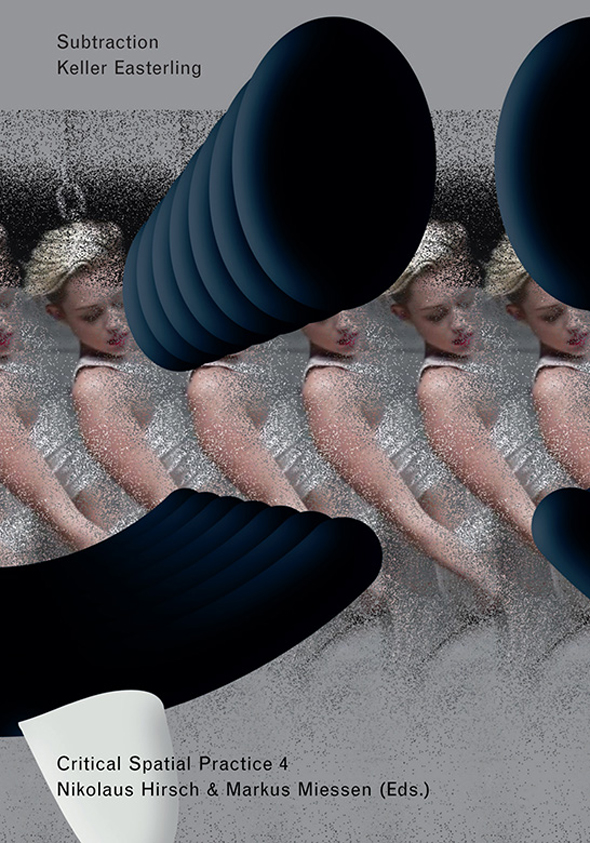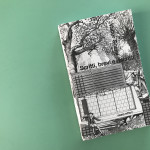Subtraction

Unbuilding is the other half of building. Buildings, treated as currency, rapidly inflate and deflate in volatile financial markets. Cities expand and shrink; whether through the violence of planning utopias or war, they are also targets of urbicide. Repeatable spatial products quickly make new construction obsolete; the powerful bulldoze the disenfranchised; buildings can radiate negative real estate values and cause their surroundings to topple to the ground. Demolition has even become a spectacular entertainment.
Keller Easterling’s volume in the Critical Spatial Practice series analyzes the urgency of building subtraction. Often treated as failure or loss, subtraction—when accepted as part of an exchange—can be growth. All over the world, sprawl and overdevelopment have attracted distended or failed markets and exhausted special landscapes. However, in failure, buildings can create their own alternative markets of durable spatial variables that can be managed and traded by citizens and cities rather than the global financial industry.
These ebbs and flows—the appearance and disappearance of building—can be designed. Architects—trained to make the building machine lurch forward—may know something about how to put it into reverse.
Contents
1. Consider building removal. 5. Designers love a tabula rasa. 8. Buildings destroy buildings. 14. Cities are shrinking. 18. Buildings are like money. 23. Demolition is entertainment. 29. Subtraction is violence. 34. Subtraction has form. 38. Subtraction is interplay. 43. Vacancy has value. 51. Buildings can be reabsorbed. 59. Subtraction is like a reverse Game of go. 68. Subtraction can be a global protocol. 73. Subtraction can be growth.
Info
title > Subtraction
author > Keller Easterling
editors > Nikolaus Hirsch, Markus Miessen
publishing house > Sternberg Press
pages > 85
year > 2014
price > €15.00
Related Posts
Questo sito usa Akismet per ridurre lo spam. Scopri come i tuoi dati vengono elaborati.








Lascia un commento